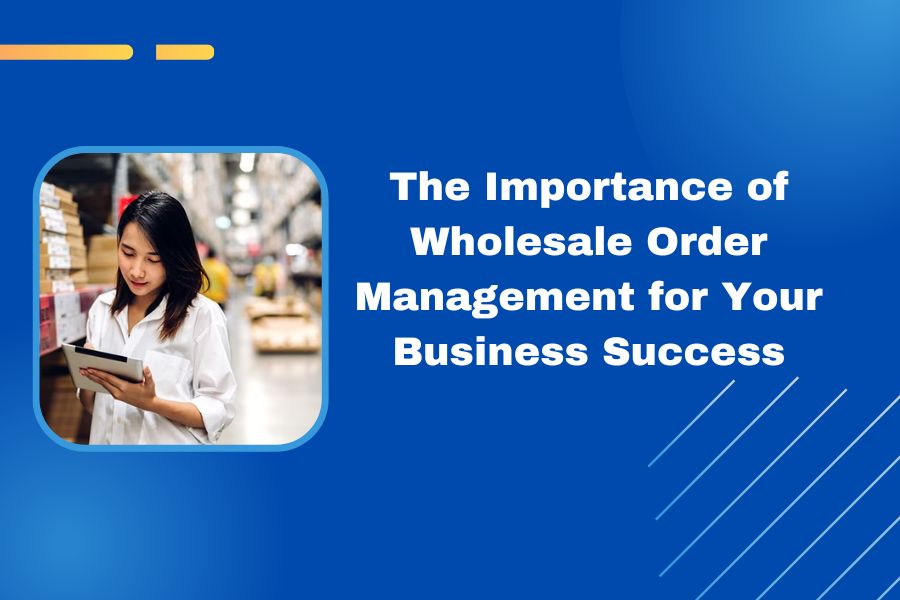How ScaleDesk can help you with Okta Installations to streamline your employee onboarding and deboarding

Okta Installation And Management
Okta is a cloud-based identity and access management (IAM) platform that helps organizations secure their workforces. It provides a single sign-on (SSO) solution that allows users to access all of their applications with a single username and password. Okta also offers a variety of other IAM features, such as multi-factor authentication (MFA), user provisioning, and identity governance. One must hire professional Okta Consultants from firms like ScaleDesk as they provide a number of features that can help to streamline the onboarding process, including:
- Automated provisioning: Okta can automatically provision users with access to the applications they need, based on their role or department. This can save time and effort for both HR and IT.
- Single sign-on: Okta provides single sign-on (SSO) for all of the applications that users need to access. This means that users only need to remember one username and password, which can make it easier for them to get started.
- Multi-factor authentication: Okta supports multi-factor authentication (MFA), which adds an extra layer of security to the onboarding process. MFA requires users to enter a code from their phone in addition to their username and password, which can help to prevent unauthorized access.
- Reporting: Okta provides reporting that can help organizations to track the onboarding process and identify any areas where improvements can be made. This information can be used to make the onboarding process more efficient and effective.
Managing Okta?
Okta can be installed and managed by an organization’s internal IT team or by an external vendor. There are several advantages to using an external vendor to manage Okta, including:
- Expertise: External vendors have the expertise and experience to install and manage Okta effectively. They can help organizations to choose the right Okta features and configure them to meet their specific needs.
- Scalability: External vendors can scale Okta as an organization’s needs grow. This can save organizations time and money, as they do not have to invest in their own infrastructure to support Okta.
- Support: External vendors can provide support for Okta, including 24/7 support and help with troubleshooting issues. This can help organizations to avoid downtime and keep their workforces productive.
How to Install Okta
To install Okta, you will need to:
- Choose a plan: Okta offers a variety of plans, so you need to choose the one that best meets your needs.
- Create an account: Once you have chosen a plan, you need to create an account. This will give you access to the Okta Admin Console.
- Integrate with your existing systems: Okta can be integrated with your existing systems, such as Active Directory, Salesforce, and Google Workspace. This will allow you to use Okta to manage access to your applications.
- Configure Okta: Once you have integrated Okta with your existing systems, you need to configure it to meet your specific needs. This includes setting up SSO, MFA, and user provisioning.
- Deploy Okta: Once you have configured Okta, you need to deploy it to your users. This can be done by using the Okta Admin Console or by using the Okta API.
How to Manage Okta
Once Okta has been installed and deployed, you need to manage it on an ongoing basis. This includes tasks such as:
- Monitoring Okta: You need to monitor Okta to ensure that it is working properly and that there are no security issues.
- Updating Okta: Okta is constantly being updated with new features and security patches. You need to keep Okta up to date to ensure that it is as secure as possible.
- Troubleshooting issues: If you encounter any issues with Okta, you need to be able to troubleshoot them. This may involve contacting Okta support or working with an external vendor.
Why Use an External Vendor to Manage Okta?
If you are not comfortable managing Okta yourself, then you can hire an external vendor to do it for you. External vendors have the expertise and experience to manage Okta effectively and can help you to avoid downtime and keep your workforces productive.
Here are some of the benefits of using an external vendor to manage Okta:
- Expertise: External vendors have the expertise and experience to install and manage Okta effectively. They can help organizations to choose the right Okta features and configure them to meet their specific needs.
- Scalability: External vendors can scale Okta as an organization’s needs grow. This can save organizations time and money, as they do not have to invest in their own infrastructure to support Okta.
- Support: External vendors can provide support for Okta, including 24/7 support and help with troubleshooting issues. This can help organizations to avoid downtime and keep their workforces productive.
Conclusion
Okta is a powerful IAM platform that can help organizations to secure their workforces. If you are considering using Okta, it is important to weigh the pros and cons of using an external vendor to manage it. If you do not have the expertise or resources to manage Okta yourself, then an external vendor may be the best option for you.




